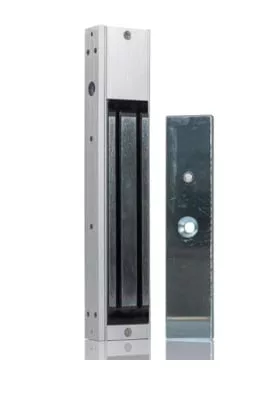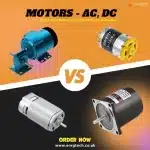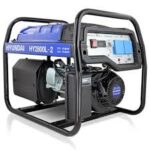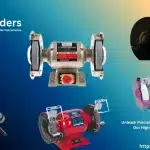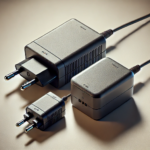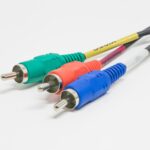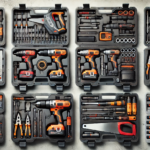
Introduction
Most organisations and high-value facilities nowadays are turning to electronic locks rather than traditional models. In this context, magnetic door locks have emerged as one of the most reliable and trusted solutions for safeguarding properties. Their ease of operation, silent locking mechanism, robust durability, and seamless access control make them the trusted backbone of modern security systems. This blog explains how these locks are a trusted solution for the modern world.
What Are Magnetic Door Locks? Definition & Core Purpose
A magnetic door lock (also referred to as an electromagnetic lock or simply maglock) is a powerful door lock that uses the power of magnetism to keep the doors securely shut. These locks mount on the door frame to firmly lock the door in place until it is intentionally released. Maglocks offer smooth, silent operation and can easily integrate with keypads, card readers, and security systems. The core purpose of a magnetic door lock is to provide a robust, easily integrated, and often fail-safe access control solution that allows doors to be unlocked instantly. They are an essential solution for improving controlled entry, visitor management, and overall building safety.
The Working Mechanism of Maglocks: The Science of Security
A magnetic door lock typically consists of two main components: an electromagnet and an armature. The electromagnet mounts on the door frame while the armature plate affixes to the door. The core operating principle of maglocks relies on electromagnetic force. When energised (power is applied), the electromagnet generates a magnetic field which pulls the armature plate firmly against the magnet, locking the door. Upon removing the power, the magnetic attraction ceases, allowing the door to open freely.
Why Magnetic Door Locks Are Trusted Today? A Brief Significance
Maglocks are highly trusted in today’s modern security for a variety of reasons. In smart, automated, and secure environments, these locks offer a dependable and long-lasting solution. Their combination of high holding force, adaptability, fail-safe design, and seamless integration with modern systems makes them a favourite choice for both homeowners and businesses alike. Additionally, their touch-free operations, versatility, and tamper-resistance align well with modern security expectations and regulatory safety requirements.
Single vs. Double Door Maglocks: Which Security System is Right for You?
Single- and double-door maglocks are standard types of door locks designed for the kind of door you need to secure. A single-door maglock is intended for a single-leaf door and offers simple installation. These locks are ideal for smaller entry points, offices, and controlled access zones where one-way or limited traffic is common. On the other hand, double-door maglocks are specifically designed for double-leaf doors and feature two separate magnetic units in a single housing. These locks provide the dual holding force required for a pair of doors. They are ideal for wider entrances and high-traffic areas, such as commercial buildings, institutions, and shared-access lobbies. The right choice ultimately depends on door width, user frequency, and the level of physical security needed to protect assets, staff, and operations.
How Magnetic Locks Differ from Traditional Locks? A Brief Overview
Magnetic locks differ fundamentally from traditional mechanical locks primarily in how they secure and release a door. Traditional locks rely on physical components like keys, latches, and cylinders that engage with a strike plate to keep a door closed. They are purely mechanical devices that secure a door via physical obstruction. In contrast, magnetic door locks are keyless locks that use an electromagnetic force between a magnet and an armature plate to hold the door firmly in place when energised. They offer faster, quieter operation and integrate with advanced access control systems. Additionally, maglocks provide superior security and ease of management; however, they require a continuous power source.
Understanding Fail-Safe vs. Fail-Secure Magnetic Door Locks
The ‘fail-safe’ or ‘fail-secure’ designation determines the door’s state or the behaviour of locks during a power failure. A fail-safe lock comes with a configuration that unlocks when power is lost. In simpler words, it requires a constant power supply to stay locked. Fail-safe locks ensure doors automatically unlock for a quick, safe evacuation during emergencies. In contrast, a fail-secure lock is designed to remain locked even during a power outage. It offers continuous protection of restricted or sensitive spaces. Both systems, regardless of the entry configuration, allow free manual exit (egress) from the inside for safety.
Final Thoughts
Magnetic door locks are a reliable, modern security solution that combines strong physical security with the flexibility of electronic access control. Offering significant advantages over traditional mechanical locks, maglocks represent the perfect blend of technology, strength, and convenience. For smart automation and IoT-driven security, these locks are an undeniable choice, serving as the cornerstone of modern security architecture.






